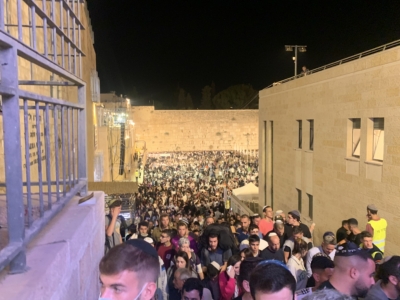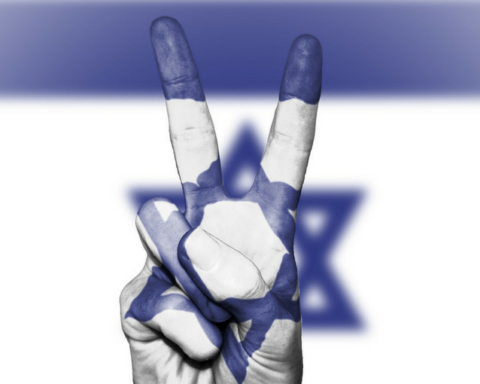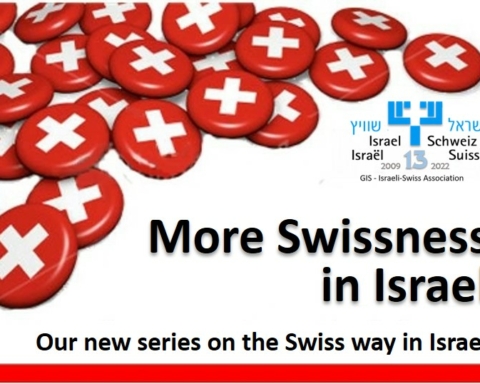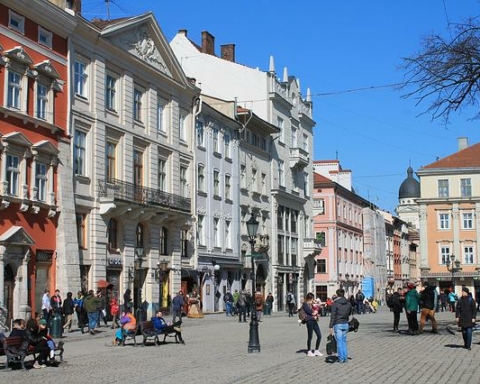By Rebecca Steiner
When walking around the streets of New York in December there are told tell signs that the holiday season has begun. There’s the smell of chestnuts roasting, the display of Christmas trees, and the sound of any and all versions of “jingle bells” playing on the radio. When it comes to the holiday season in Israel, which starts in August and ends in October, the sounds, tastes, and smells are quite different. As a native New Yorker living in Jerusalem, my senses have a new understanding of the phrase “home for the holidays.”
The Jewish Holiday season, also called the “Days of Awe,” starts in the Jewish month of Elul, one month before the Jewish New Year, Rosh Hashanah, followed by The Day of Repentance, Yom Kippur, and ending with the 8-day Holiday of the Harvest, Succot, spanning about 2 months total. Rosh Hashanah and Yom Kippur are widely observed by many in the country regardless of their religious observance.
But during this time, there’s a special kind of jingle in the air, the enchanting sound of the Selichot, the prayer of forgiveness, that happens every night for about a month and a half, at 12:30 AM and ends around 2 AM. This prayer happens in synagogues everywhere, not only in Jerusalem and not only in Israel, and is a thousand-year-old tradition.
The direct translation of Selichot means forgiveness. The prayers are a combination of various Hebrew psalms, usually sung with a tune, some with a call and response format where the leader says a line and the congregation responds. The goal of these prayers is to be granted a fresh start for entering the new year.
I attended a few Selichot prayers in Jerusalem and they are exquisitely beautiful. Besides the powerful sound of hundreds of voices in unison, what stands out to me is the diversity of those participating. Everyone from secular to religious, from Israeli to Spanish, the custom of the Selichot prayer brings about a feeling of unity that I had not experienced when living in America. One evening I attended the Selichot chanting at the Western Wall and there were tens of thousands of people in attendance. The prayers conclude with the sounding of the shofar, a ram’s horn, which some try and hear every day leading up to Rosh Hashanah, said to arouse the desire to return to oneself, a Jewish concept called Teshuvah.

Besides the sounds of the Selichot prayer and the shofar, there’s the taste of the Holidays, the tastes of honey and pomegranates. In Jewish tradition, pomegranates are a symbol of abundance, fertility and love. Some Jewish traditions hold that the pomegranate’s 613 seeds correspond with the 613 laws in the Torah. Honey is to represent sweetness, to have a sweet new year. You’ll find images of pomegranates and honey on walls, buses and cards, and bakeries filled with honey cake, taking advantage of these Holiday flavors.
The Holiday spirit is felt everywhere, with special sales, “starting the new year” off right gym discounts, and more. The children are off of school, there are free concerts around the country, and many take on new projects, the feeling of celebration and a new start is nearly impossible to miss.
When Winter comes around, I definitely have my days where I crave the Christmas jingles, the pumpkin spice lattes, but here, I have a new sense of the Holiday season, quite literally. The unity, sweetness and festive feel make me feel quite at home, in my new home, in Jerusalem, Israel.
Happy New Year :)!








